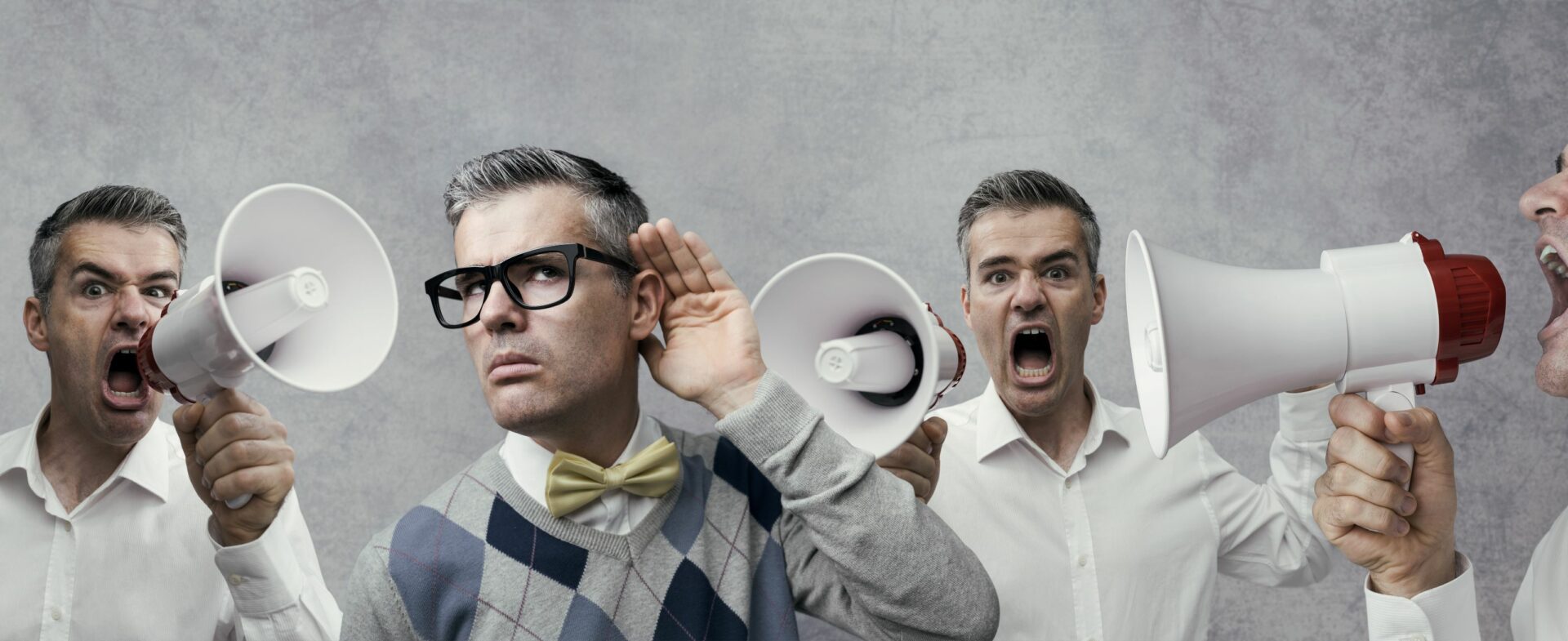Noise exposure protection and hearing conservation is one of those things that you may need and not even know it. OSHA’s PEL (permissible exposure limit) of 85 dBA over an 8-hour time-weighted-average or TWA for noise is equivalent to the noise from a hair dryer, blender, or power lawn mower. Because the level of noise is that low, you may not even realize you need a hearing conservation program.
Noise, or unwanted sound, is one of the most pervasive occupational health problems. It is a by-product of many industrial processes. Sound consists of pressure changes in a medium (usually air), caused by vibration or turbulence. These pressure changes produce waves emanating away from the turbulent or vibrating source. Exposure to high levels of noise causes hearing loss and may cause other harmful health effects as well. The extent of damage depends primarily on the intensity of the noise and duration of the exposure.
If you’re unsure whether you need to have a hearing conservation in place, the best thing to do is start taking noise readings. This can be done with the use of a noise dosimeter. Prevention is the most effective approach to managing hearing loss.
30 million workers are exposed to harmful levels of noise each year, 10 million of those workers have permanent, irreversible hearing loss.
- 44% of carpenters and 48% of plumbers have perceived hearing loss.
- 49% of male, metal and non-metal miners by age 50 have hearing loss vs. 9% of the general population.
- 70% of metal and non-metal miners will have hearing impairment by age 60. (NIOSH)
- 90% of coal miners have hearing loss by age 52
OSHA requires that when information indicates that any employee’s exposure may equal or exceed an 8-hour time-weighted average of 85 decibels, the employer shall develop and implement a monitoring program.
When is Noise Too Loud?
Noise is measured in units called “decibels” or “dB”. If two people 3 feet apart must shout to be heard, the background noise is too loud (above 85 decibels). When background noise is over 85 decibels, you will have to raise your voice for others to hear, to give you an example.
People with some hearing loss will have difficulty hearing at lower levels of background noise. An example of noise over 140 decibels is gunshots. Unprotected exposure to noise over 115 decibels greatly increases the risk of hearing loss.
When developing a hearing conservation program, some of the main components should include:
- Measure/monitor noise levels and provide exams
- Evaluation of adequacy of hearing protection
- Proper selection of hearing protection
- Provide training
- Keep adequate records
Warning signs of sensorineural hearing loss include:
- Ringing or buzzing in ears
- Increasing the volume on a radio or television
- Difficulty with phone conversations (especially cell phones)
- Consistently asking someone to repeat what was said
- Difficulty hearing a normal speaking voice at arm’s length
Elimination is always the best option but when elimination is not feasible, use engineering and administrative controls to mitigate sound levels as much as possible. Some measures include:
Engineering Controls
- Choose low-noise tools and equipment when possible
- Place a barrier between machine and worker (i.e., tractor cab)
- Assess confined areas for noise levels and controls
- Maintain & lubricate equipment
- Dosimeters offer real time/TWA exposure data (you don’t have to do all the math!)
Administrative Controls
- Limit amount of time employee spends at high noise source
- Provide quiet areas for relief from hazardous noise
- Alternate work duties
- Quiet or enclosed break area
Engineering and administrative controls alone may not be enough unless combined with hearing protection. Make sure to provide adequate earplugs, earmuffs, or banded protectors. Make sure your employees are trained on proper use of the hearing protection.
A training program should be instituted for all employees with noise exposures at or above action level and training should be repeated annually for each employee.
If you need help developing a comprehensive written program and/or training program, give JJ Safety a call. Looking for an online training option? Check out our LMS Online Safety Training.
Call 866-627-3850 or email us at sales@jjsafetyllc.com to learn more.
